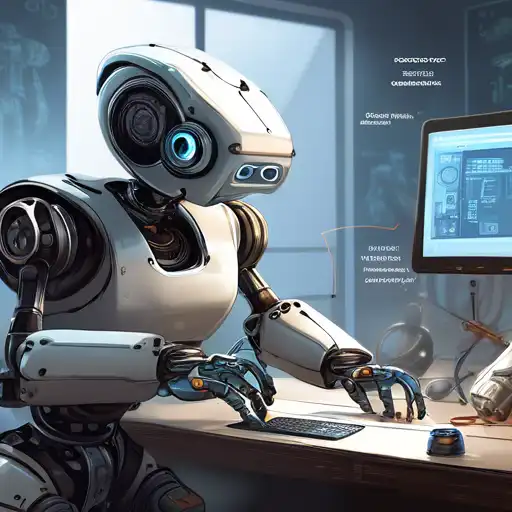Introduction to Robotics Programming
Robotics programming is an exciting field that combines the creativity of design with the precision of coding. Whether you're a hobbyist looking to build your first robot or a professional aiming to automate tasks, understanding the basics of robotics programming is essential. This guide will walk you through the foundational steps to get started in this dynamic field.
Understanding the Basics
Before diving into coding, it's important to grasp the core concepts of robotics. Robots are machines capable of carrying out complex actions automatically, often mimicking human behavior. Programming these machines involves writing code that dictates their movements, decisions, and interactions with the environment.
Choosing the Right Programming Language
Several programming languages are popular in robotics, each with its strengths. Python is renowned for its simplicity and readability, making it ideal for beginners. C++ offers more control over hardware, which is crucial for performance-intensive applications. Other languages like Java and ROS (Robot Operating System) are also widely used in the robotics community.
Essential Tools and Software
To start programming robots, you'll need the right tools. A reliable computer, a microcontroller like Arduino or Raspberry Pi, and sensors are the basics. Software-wise, IDEs (Integrated Development Environments) such as Arduino IDE or PyCharm can significantly streamline your coding process. Additionally, simulation tools like Gazebo allow you to test your robots in virtual environments before physical deployment.
Building Your First Robot
Starting with a simple project is key to learning. A line-following robot or a basic arm can teach you the fundamentals of sensors, actuators, and control systems. Documenting your project and iterating based on feedback are crucial steps in the learning process.
Advanced Topics to Explore
Once comfortable with the basics, you can explore more complex areas such as artificial intelligence (AI) in robotics, machine learning for autonomous decision-making, and computer vision for object recognition. These advanced topics open up a world of possibilities in robotics programming.
Resources and Communities
Joining robotics communities and forums can provide invaluable support and inspiration. Websites like Robotics.org offer tutorials, while platforms like GitHub host open-source projects for collaboration. Continuous learning through online courses and workshops can also enhance your skills.
Robotics programming is a journey of continuous learning and experimentation. By starting with the basics, choosing the right tools, and engaging with the community, you can build a solid foundation in this exciting field. Remember, every expert was once a beginner, and with persistence, you can achieve your robotics programming goals.
